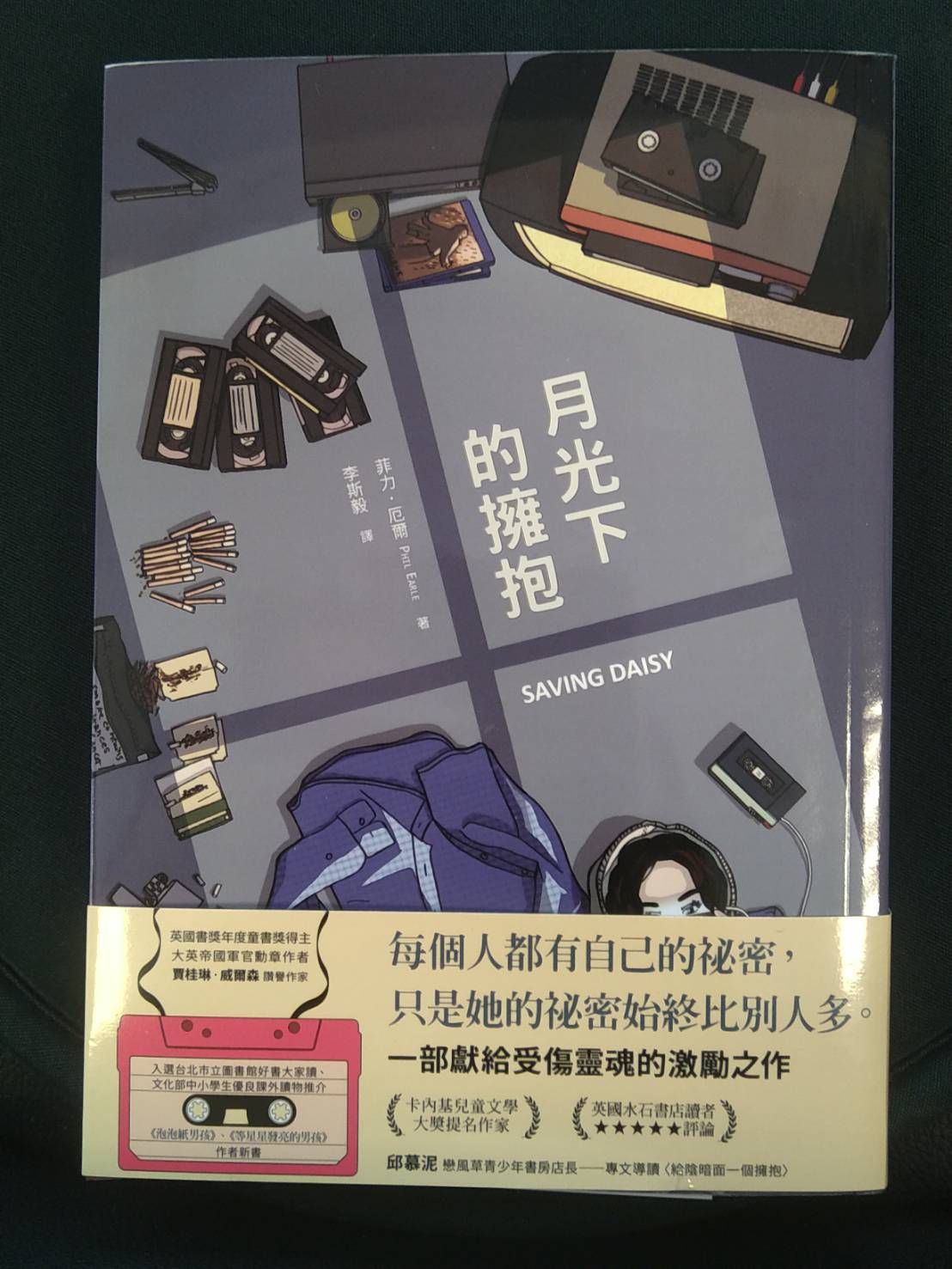New book recommendation! Embrace in the Moonlight - Give the Dark Side a Embrace (Wheat Field)

.
Book Information
Embrace in the Moonlight (Carnegie Award-nominated author's new book)
Author: Philip. Earl
Translator: Li Siyi
Publisher: Wheat Field
Publication date: 2022/04/30
.
The introduction begins
This is a touching story of a child who thinks negatively, and when his life is in danger, a social worker uses her profession to help the child get out of the quagmire. Strong stamina, moving people. In addition to the moving of the story, there are at least two aspects that deserve special consideration for readers.
boy why do you think negatively
In childhood, some inadvertent words or actions of adults may have planted a faint and dark seed in the young mind. When the seed is slowly nourished and strong, it finally becomes a huge shadow that cannot be erased. The delicate and sensitive child is often the victim of such patterns, and such shadows are especially prone to grow and thrive within him.
Like Daisy, the protagonist of the book, the story begins with a reference to what she believes is her mother's death. As a result, she is accustomed to blaming herself for her faults, and she has no object to talk to. Her negative thoughts form a vicious circle, and she sinks deeper and deeper into the deep-rooted belief that all faults are caused by her.
The story does not explain Daisy, what is the reason for blaming herself in this way. But as the plot progresses, we see that Daisy's family ties are weak - her mother is dead, her father is busy with work, and has no other relatives and friends. The father and daughter, who depended on each other for life, did not seem to know each other very well, and they said a lot of "useless words". For example, Dad most often asks Daisy, "How are you doing today?" ─ This sentence may be asked occasionally, which may indicate concern. Asking too many times shows that the father does not understand the negative thoughts of his daughter at all.
At this point, let us reflect on that, as parents, we must have a keen sense of touch to feel the inner world of children.
.
The Art of Helping Social Workers
After the middle of the story, let the reader see a perfect "helping model", it should be able to say, "appreciate the helping art of social worker Ed." Social work is an unfamiliar profession.
Helping a person is a profession, not as simple as imagined. Especially the case is Daisy, who has long been accustomed to "everything is attributable to her own fault, and she is an ominous person", and the helper has no way to intervene. The so-called: self-help. Even if someone else wants to help you, you have to give yourself a hand. However, from the story, we see that Ed tried his best to intervene to help a person who was already caught in a whirlpool and couldn't help himself. If she didn't pull her, she would drown.
Ed's art of helping others is not only suitable for children to read, but also worth reading for parents and children, so that they can get to know the connotation of social work together with children. Every conversation between Ed and Daisy is worth savoring. She starts by understanding Daisy, accepts Daisy from the heart, imagines every thought of Daisy, and prevents her from sinking in a negative direction. The most common thing Ed said to Daisy was "Trust me!" Mutual trust was the beginning of help.
But "prevention is better than cure"! It's so thankless to try to pull someone who's stuck in a quagmire, layers of self-blame, everything from Mom, Dad, Teacher Hobson, Naomi's unfortunate events, it's all Daisy's fault. Ed had to pull her out again and again. Ed pressed her, "You always blame yourself right away. So please tell me, what did you do wrong?" Daisy couldn't say why. All the negative thoughts, Edd solved them one by one.
This is an invaluable story. On the one hand, it exposes the dark side of children's cranky thoughts to readers, on the other hand, it opens the window of professional social workers and professional help for us, allowing people to see the bright side and believe in the warmth of hugs.
This book should be read not only by children, but also by adults. In addition, there is a great revelation: in addition to caring for your own children, please also pay more attention to the children around you, when necessary, accompany them, give them warmth, and give them hugs.
Like my work? Don't forget to support and clap, let me know that you are with me on the road of creation. Keep this enthusiasm together!
